The Developing World Needs More Than Numbers
Policymakers should read the contents of published papers and not just count them, says Dyna Rochmyaningsih.
Send us a link
Policymakers should read the contents of published papers and not just count them, says Dyna Rochmyaningsih.
In this approach, the goal of a scientist is transformed from convincing an editorial board through a vertical process to convincing peers through an horizontal one.
Research on academics’ writing practices has revealed tensions around the ways in which managerial practices interact with academics’ individual career goals, disciplinary values and sense of scholarly identity.

Authors want to know about citations, downloads, and impact metrics. This post reviews common metrics and explores the limitations inherent in each.

This viewpoint proposes using a sharing index or S-index to measure investigators’ engagement in sharing research data.
A small number of scientists band together to reference each other’s work, gaming the citation system to make their studies appear to be more important.

Groups of authors citing each other is becoming an issue in scientific publishing. With a new approach, researchers discuss how to identify the problem.

Evidence from Web of Science showing that English is increasingly being used as the dominating language from natural sciences and social sciences to arts and humanities.

Health care policy, space and evolution led the way.
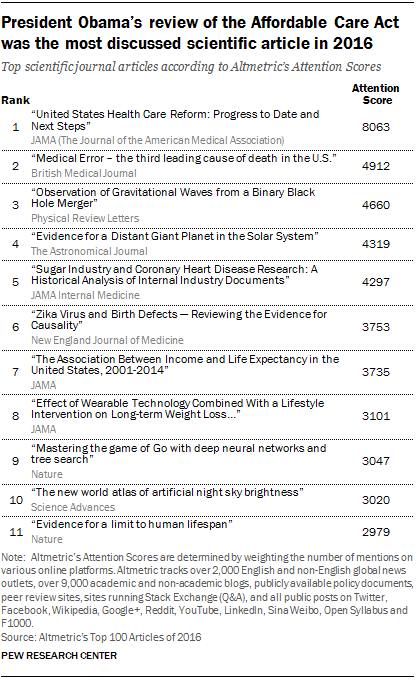
The Journal Impact Factor (JIF) has been heavily criticized over decades. This opinion piece argues that the JIF should not be demonized. It still can be employed for research evaluation purposes by carefully considering the context and academic environment.
Elsevier explains the thought process behind its new journal impact metrics.
What academic research caught the public imagination in 2016?
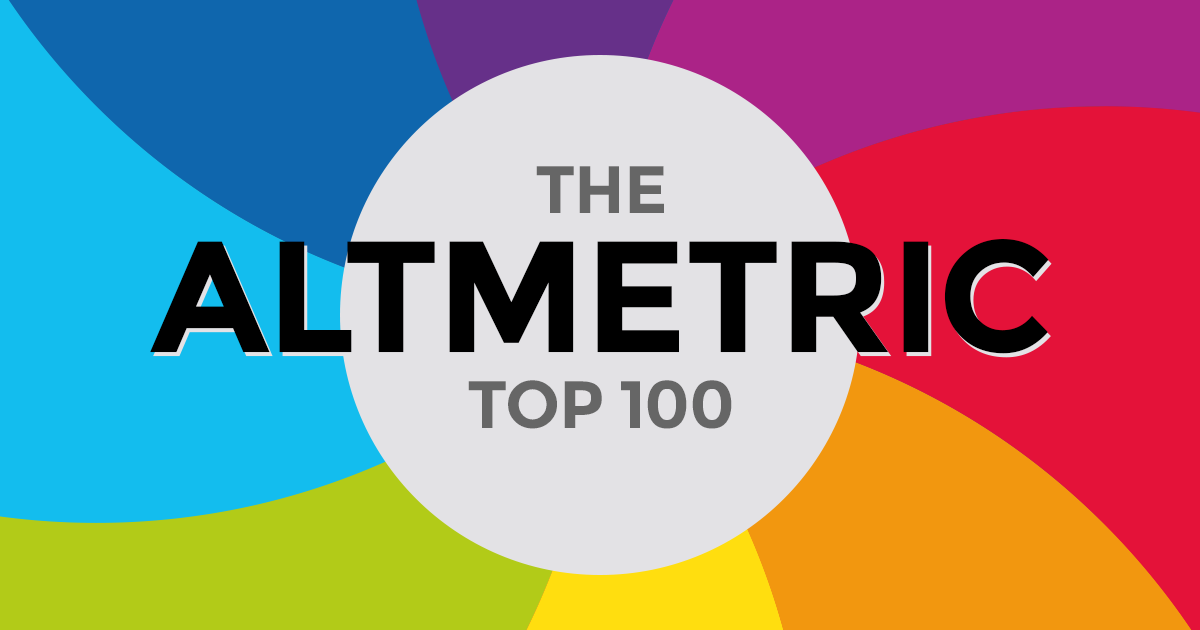
The real innovation of CiteScore is not another performance metric, but a new marketing model focused on editors.
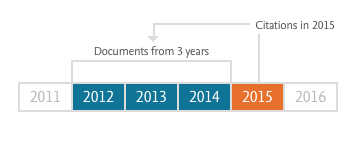
A look at the literature reveals shortcomings in the way OA and subscription models are being compared and suggests how future studies could build on existing research to provide a more accurate picture

A preliminary analysis of the new Elsevier's CiteScore journal metric.

iCite allows users ti upload the PubMed IDs of articles of interest, optionally grouping them for comparison. It then displays the number of articles, articles per year, citations per year, and Relative Citation Ratio, a field-normalized metric that shows the citation impact of one or more articles relative to the average NIH-funded paper.
John Wiley & Sons Inc. announced today plans to require ORCID iDs as part of the manuscript submission process for a large number of journals. Beginning in winter 2016, more than 500 Wiley journals using ScholarOne Manuscripts will require the submitting author (only) to provide an ORCID identifier (iD) when submitting a manuscript. Wiley is proud to be the first major publisher to join other stakeholders that have signed ORCID’s open letter.
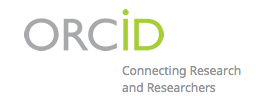
Scientific publications are getting more and more names attached to them
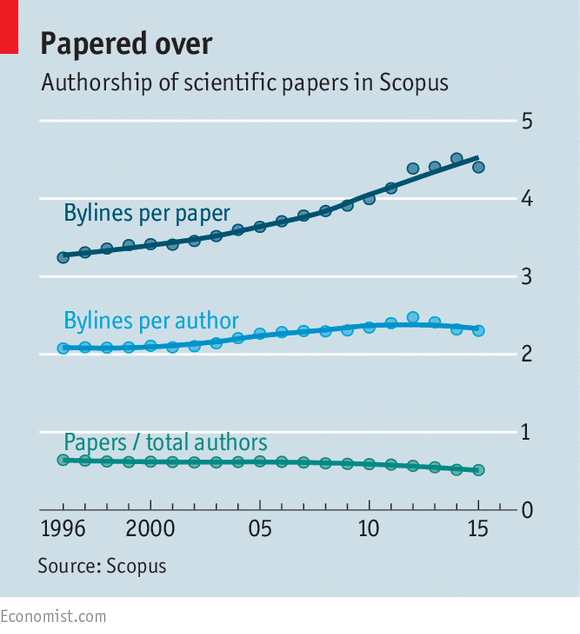
Evaluation of academic research plays a significant role in government efforts to steer public universities. The scope of such evaluation is now being extended to include the ‘relevance’ or ‘impact’ of academic research outside the academy. We address how evaluation of non-academic research impact can promote more such impact without undermining academic freedom and research excellence.